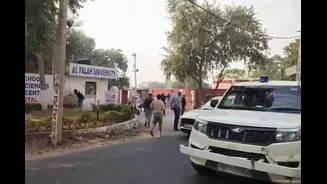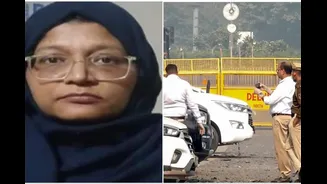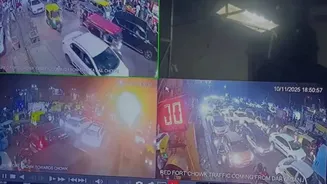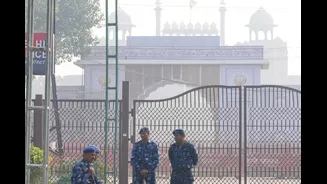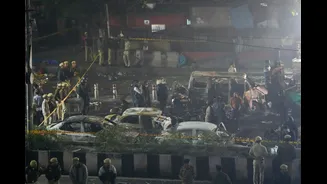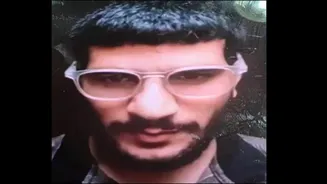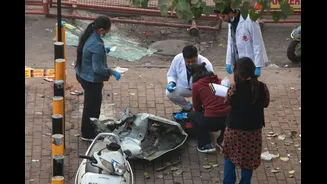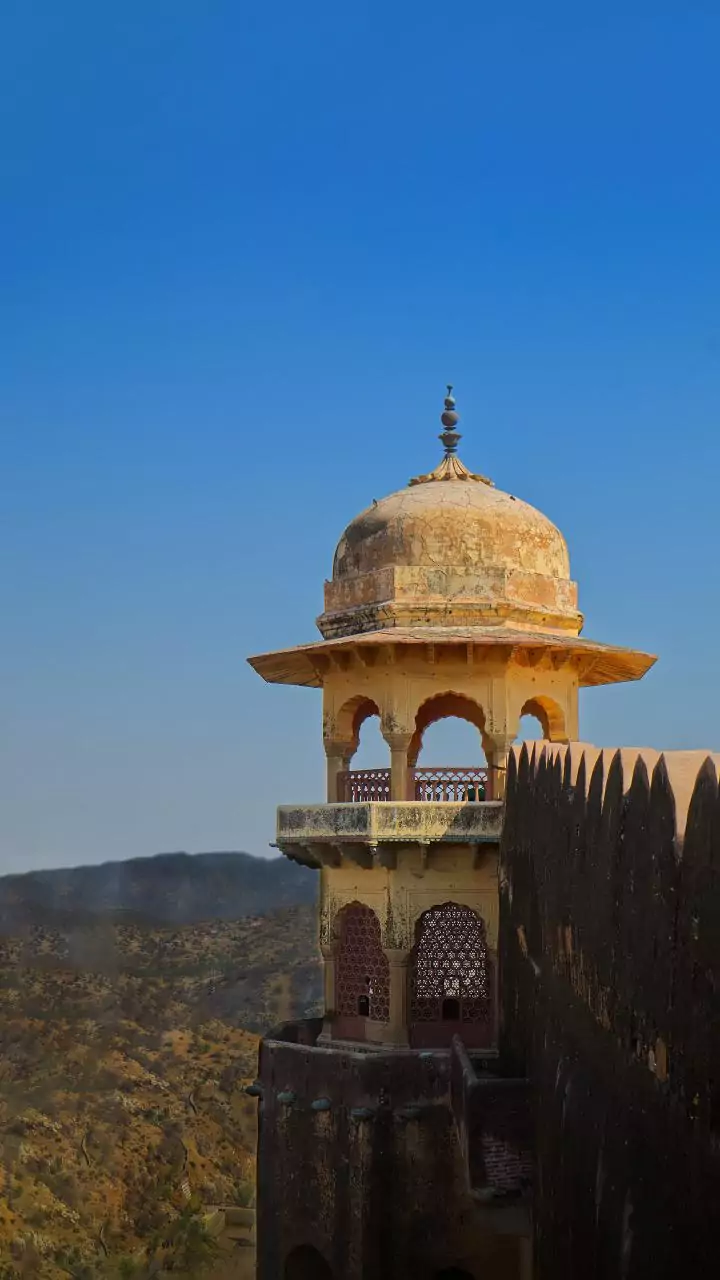In a major counter-terror operation, security agencies have launched widespread raids across Jammu and Kashmir, targeting what officials describe as a “white-collar radicalisation network” rooted within
the medical community. According to top intelligence sources, at least 14 locations were searched by the State Investigation Agency (SIK) on Wednesday as part of efforts to dismantle the emerging “Doctor Module” — a cluster of radicalised medical professionals allegedly linked to the Red Fort blast and the terror module that was busted in Faridabad.
The coordinated crackdown comes amid a focused push to prevent the regrouping or ideological spread of this network beyond the Pulwama–Srinagar–Anantnag axis. Intelligence officials said the ongoing raids are “not random sweeps” but a deliberate attempt to trace ideological handlers, digital cells, and financial channels supporting the radicalisation of doctors for high-value terror plots.
Officials noted a growing pattern of educated professionals being drawn into extremist narratives in Jammu and Kashmir. “We are witnessing a recurring trend — radical clerics and underground Jaish-e-Mohammed (JeM) influencers exploiting professional isolation among doctors to recruit them,” sources revealed. The strategy, they added, allows Pakistan-based handlers to build “high-trust, low-suspicion” operational cells capable of executing complex urban attacks.
The Parallels Between 2011 And 2025 Blasts
The latest investigation has also drawn striking parallels between the 2025 Red Fort bombing and the 2011 Delhi High Court blast, both of which bear “unmistakable Jaish-e-Mohammed imprints”, say sources. While the earlier attack was initially attributed to the Indian Mujahideen (IM) and Hizb-ul-Mujahideen (HuM), deeper probes eventually confirmed JeM’s central role — a pattern mirrored in the current case, where no other group, including Lashkar-e-Taiba or HuJI, has made credible claims or shown evidence of involvement.
Both attacks targeted high-security, symbolic sites in New Delhi — the 2011 strike at the Delhi High Court’s Gate No. 5 and the 2025 blast near the Red Fort’s car park. Sources say both incidents used ammonium nitrate-based improvised explosive devices (IEDs): a briefcase bomb in 2011 and a vehicle-borne IED (ANFO) in 2025. The result was similarly devastating — 15 killed and 79 injured in 2011, and at least 13 deaths with over 20 injured in the Red Fort explosion.
Crucially, both attacks involved radicalised doctors from Jammu and Kashmir. In 2011, Dr Wasim Akram Malik from Kishtwar was arrested for his role in the High Court blast. In 2025, Dr Umar Nabi of Pulwama, along with Dr Muzammil Ganai and Dr Adeel Rather, has emerged as the core of the Red Fort conspiracy. All were reportedly influenced by cleric Irfan Waghey and remote JeM handlers based in Pakistan, including one codenamed “Umar bin Khattab.”
Sources add that both terror operations were framed as retaliatory strikes — the 2011 attack in response to judicial actions and anti-terror verdicts, and the 2025 bombing as revenge for Operation Sindoor, India’s air strikes on JeM’s Bahawalpur headquarters and other terror sites.
With the National Investigation Agency (NIA) and Delhi Police leading the probe, agencies are now piecing together evidence that points to a sustained ideological penetration within Kashmir’s educated and clinical circles. Intelligence officers warn that the “Doctor Cell” reflects a worrying new front in the Valley’s terror ecosystem — one that fuses professional credibility with extremist conviction, posing an especially insidious challenge to India’s internal security.


